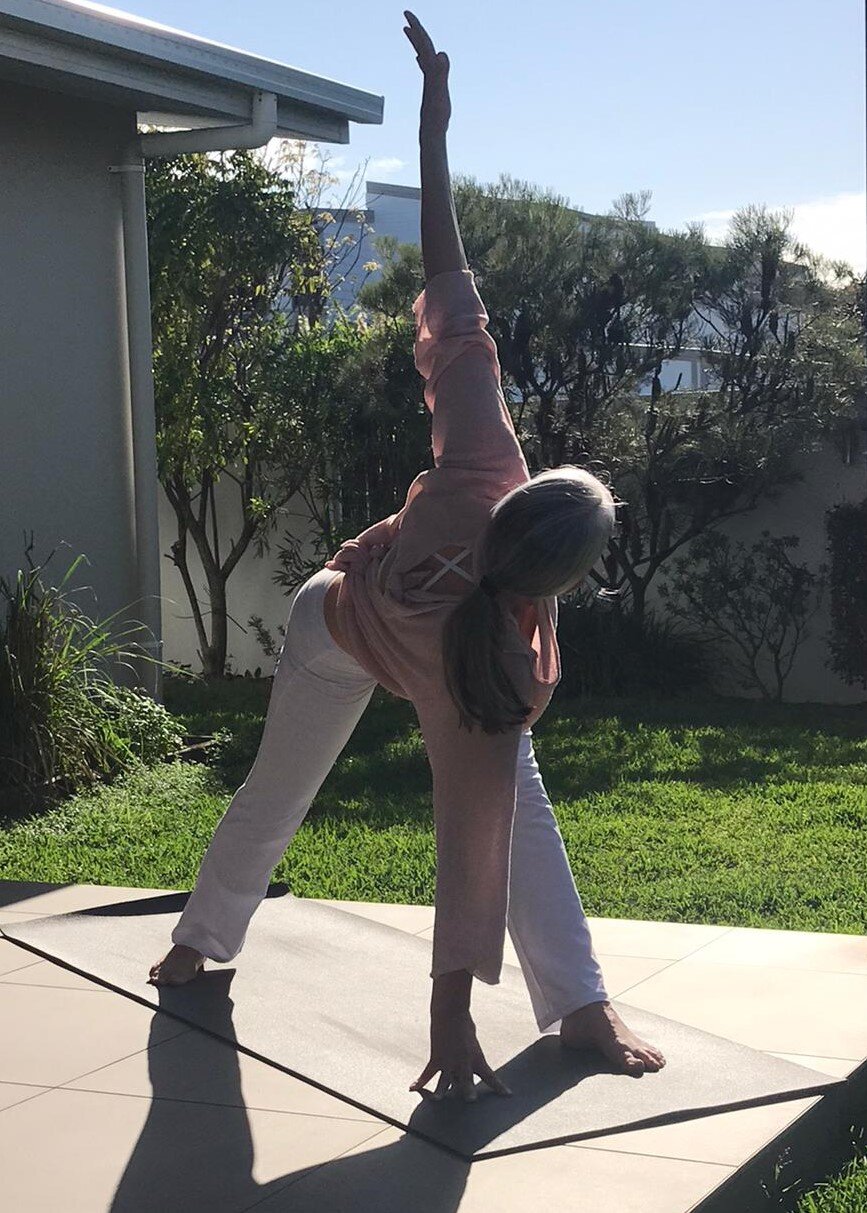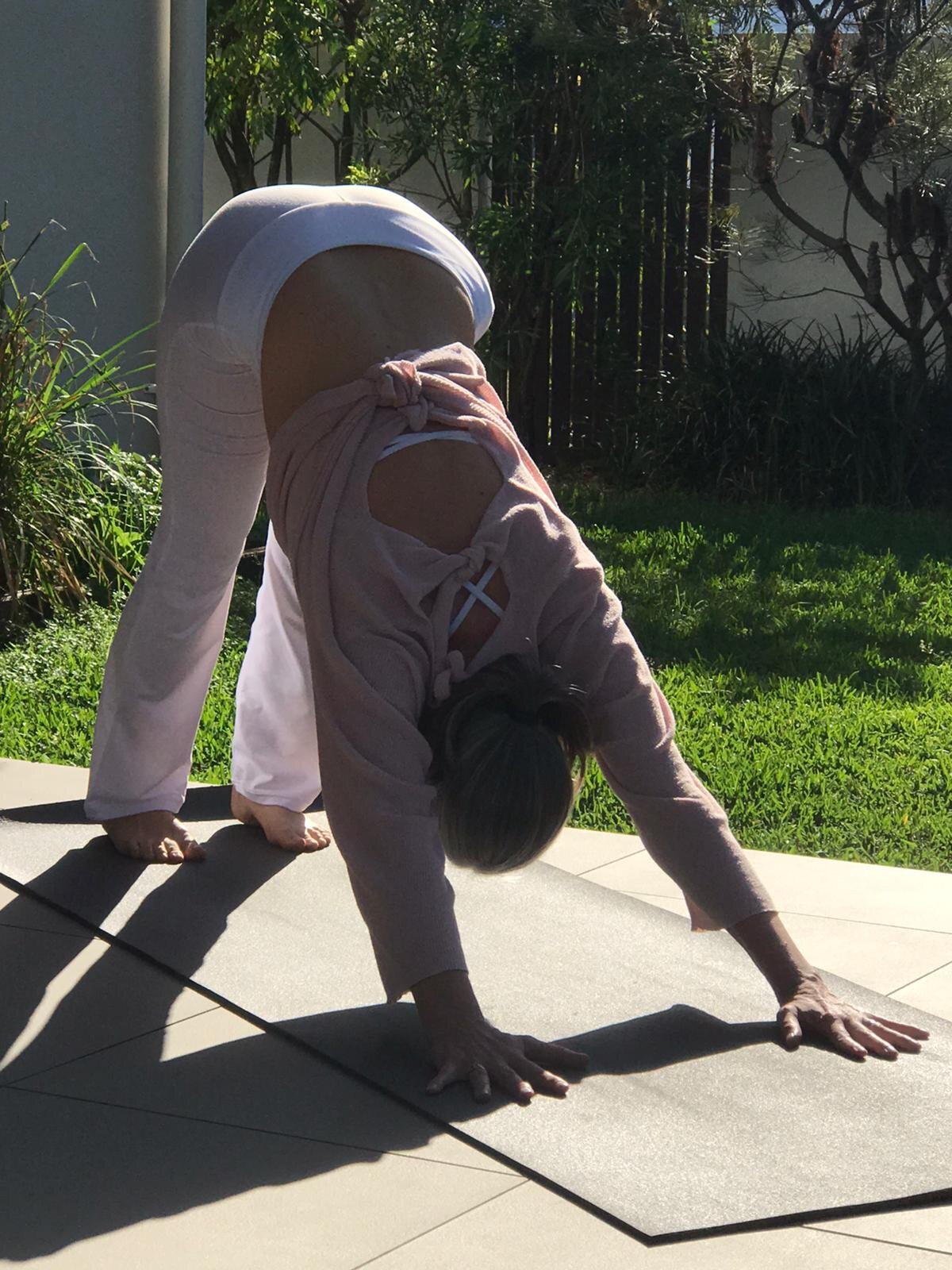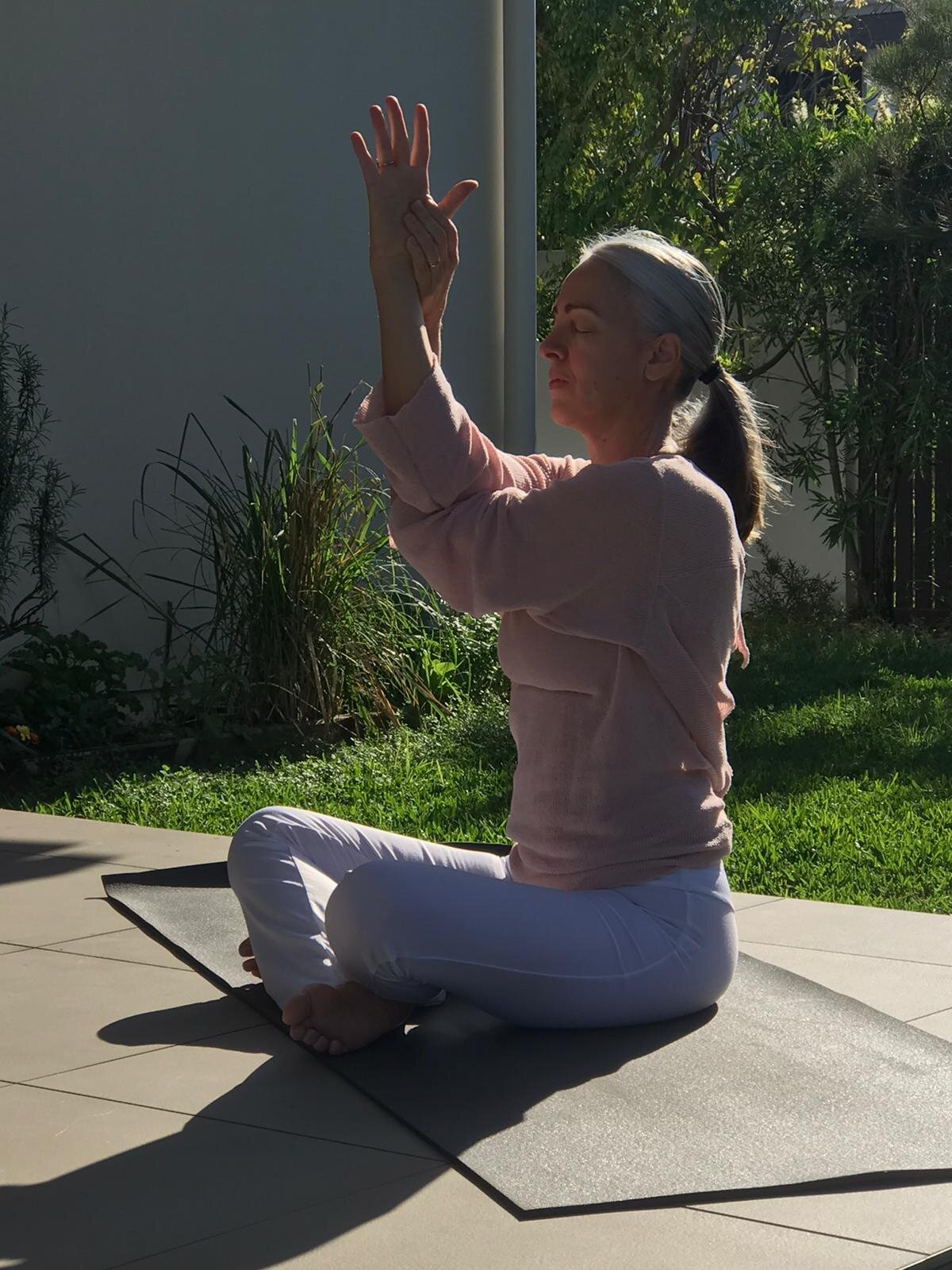Pratyahara in daily life
Pratyāhāra is often described as 'withdrawal of the senses' and is the fifth limb in the Eight stages of Patanjali's Ashtanga Yoga, as mentioned in his classical work, Yoga Sutras of Patanjali composed in the 2nd century BCE. It is also the first stage of the six-branch yoga (ṣaḍaṅgayoga) of the Buddhist Kālacakra tantra and we can trace the origins of Pratyāhāra to the ancient Śāṇḍilya Upaniṣad text from around 100 BCE to 300 CE.
The traditional texts define Pratyāhāra as the detachment from the objects of senses by focusing the attention on only one object, until the mind completely identifies with the object you focus on. This is then the pathway for your meditation practice and one of the easiest ways to focus is becoming aware of your breathing. This takes practice and we often give up as our mind tends to take over and all of a sudden you are thinking about what to have for dinner, a conversation you had, frustration, a discomfort in your body and so on and as a result most of us give up on our meditation practice!
“Pratyāhāra: the detachment from the objects of senses by focusing the attention on only one object, until the mind completely identifies with the object you focus on.”
Let’s look at the relationship between the mind and the senses as they work in unison. Your mind cannot perceive an object unless it is communicated by the senses and unless they are accompanied by the mind, the senses cannot sense an object. Our nose, tongue, eyes, skin and ears are able to smell, taste, see, touch and hear only in the presence of the mind. These sense organs are connected to our cortex, the physical seat of the non-physical mind. The cognitive power flowing from the cortex to the sense organs infuses them with the capacity to sense the objective world around us. The mind needs the sense organs, without them we cannot comprehend the world around us. From birth we busy ourselves with experiencing the world around us, and with each experience our desires grow so we repeat these experiences strengthening the memories of each experience which become deep grooves in our mind called samskaras. Every sensory pursuit takes its toll on our body, mind, and senses. The mind, working under the influence of desires, cravings, and entrenched habits, validates its sensory pursuits. We are so besotted by sensory allurements that we become ignorant of the consequences. We seek a solution only when we find ourselves in the grip of exhaustion, an unsteady mind, fall sick or find ourselves in a cycle of unhappiness. This is where the practice of Pratyāhāra comes in.
In order to bring Pratyāhāra into your daily life, try to think of drawing your senses inward to bring attention to the inner world instead of expending your energy exclusively on the outer world. Easier said than done! Our senses help us to enjoy the pleasures in life and also to achieve our goals. The senses tend to become our masters and entice us to develop cravings for sensory pleasures, distracting us from our goals and disrupting our equilibrium. The sensory gratifications can sabotage our efforts; whether through food, drink, sleep, entertainment or whatever your particular sense pleasure that distracts and derails you, at times of stress and discomfort.
In the ancient text of the Upanishads, there is a metaphor to illustrate how attachment to sensation can derail us. It talks about the body being a chariot carrying the Self as a passenger and pulled by 5 horses (our senses), driven by our innate intelligence, and using the sensory mind as reins.
The sense objects are the path on which the horses pull the chariot. If the horses (our senses) are poorly trained or the chariot driver (our intelligence) is inattentive or unskilled, the chariot careens off course. So, like the chariot driver trying to control the untrained horses, we can suffer from the distractions of our uncontrolled senses and loose our focus.
There are four main forms of Pratyāhāra:
Indriya Pratyāhāra: control of sensory input into out physical being through taking in right impressions. Most of us suffer from sensory overload, the result of constant bombardment from television, radio, computers, newspapers, magazines, books and more.
Prana Pratyāhāra: control of prana (vital energy) as prana is what that drives the senses. To stop the dispersion of prana, we need to control its flow and harmonize it. Unless our prana is strong we will not have the power to control the senses. Pranayama is a preparation for pratyahara.
Karma Pratyāhāra: control of action, which actually entails not just control of motor organs but doing the actions necessary to life and avoiding those based on desire and self-gratification. Karma yoga has two parts: outer action or service (seva), and inner action, which consists of various forms of rituals (puja).
Mano Pratyāhāra: control of mind. It is consciously practiced by withdrawing the senses from their objects and guiding them inward to the nature of the mind, which is formless. Vyasa’s commentary on Patanjali’s Yoga Sutra says that the mind is like the queen bee and the senses are like worker bees. Wherever the queen bee goes all the other bees must follow. Mano Pratyāhāra is less about controlling the senses than about controlling the mind, for when the mind is controlled, the senses are automatically controlled. We could say that our mind is our sixth sense.
To be able to turn our focus inward we need to decrease outer disturbances as much as is possible. Many of our emotional imbalances are our own creation. A person who is influenced by outside events and sensations can never achieve inner peace and tranquillity. The practice of Pratyāhāra changes our state of mind so that we become so absorbed in what it is we’re focussing on, that the things outside of ourselves no longer bother us and we’re able to meditate without becoming easily distracted. Experienced practitioners may be able to translate Pratyāhāra into everyday life – being so concentrated and present to the moment at hand, that things like sensations and sounds don’t easily distract the mind.
Patanjali says that the above process is at the root of human unhappiness and uneasiness. When people seek out yoga, hoping to find inner peace, they find that it was theirs all along. In a sense, yoga is nothing more than a process which enables us to stop and look at the processes of our own minds; only in this way can we understand the nature of happiness and unhappiness, and thus transcend them both.
“When people seek out yoga, hoping to find inner peace, they find that it was theirs all along.”
Here are some great ways to introduce Pratyāhāra in daily life:
Reduce your social media time
Observe compassion in your thoughts, speech, and actions
Ask everyone in your family to turn off and put away their mobile phones during family meals
Leave your phone at home when you exercise or do yoga
Limit TV time
Meditate each day
Avoid gossip and negative remarks
Withdraw from the things that work against you, such as unhealthy food and toxic relationships
Move yourself into peace, go for a silent walk, listen to a meditation or soothing music, have a bath. Indulge the senses for positive rewards to reduce stress and anxiety not escapism
Notice when you withdraw from reality at hand trying to escape boredom and change your mindset to intently listening and cultivating one of your senses by ‘fine tuning’ it
Notice when you want to escape boredom and allow your senses to ‘feed’ and stimulate you. Can you instead become more present into how you are actually feeling and what it is you are trying to ‘escape’ from. Remember your mind as the sixth sense and that you can override these sensations, even bringing a smile to your face will begin the change
Become aware of your senses and observe your reactions to them
Intentionally direct the mind inward, away from external stimuli. If the mind is controlled, the senses are controlled also
Direct your mind to one sense only, such as hearing. Next time you are in Savasana, allow your mind to focus on all the different sounds around you, far away and close by. Try not to judge or label the sounds, just listen. Once the mind gets used to the sounds, it will naturally focus more on the inside
Practice pranayama each day
Start a journal.



